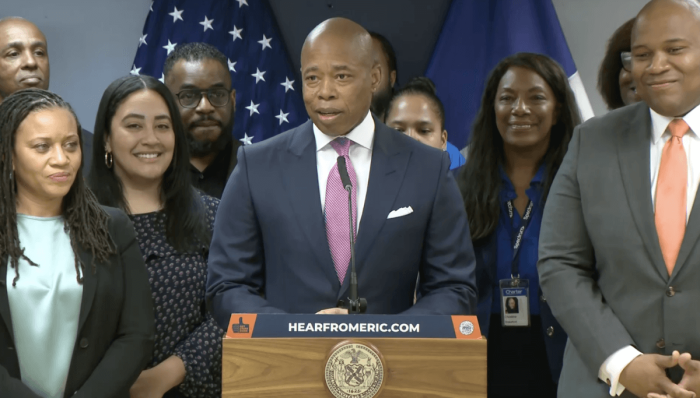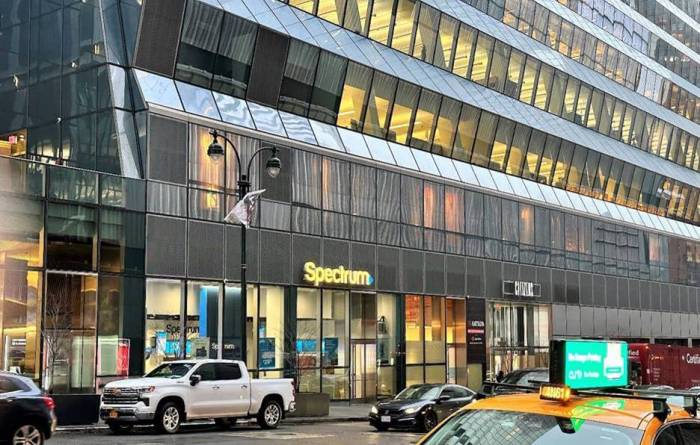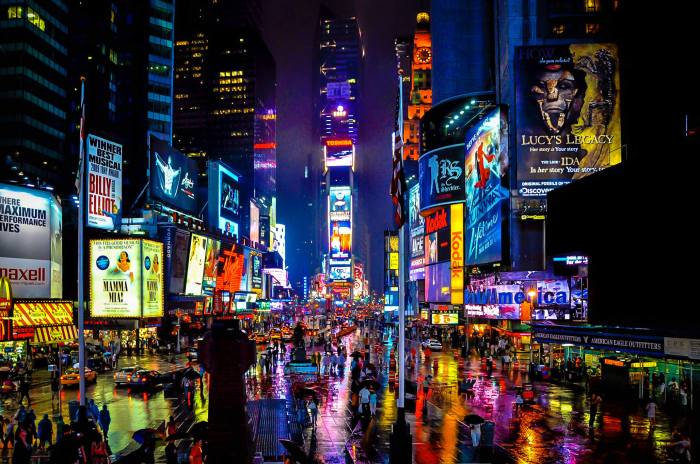In the pandemic’s early days, when New York City was the virus’ global epicenter, our city’s public school system supplied hundreds of thousands of students with devices needed to learn from home. For many students living in NYCHA developments, tablets intended as their educational and social lifeline were a challenge inside older buildings with limited wireless signal penetration. As a result, these students missed remote classes, struggled to complete assignments, and often fell behind their peers for no reason other than where they lived.
Our city’s longstanding digital divide also compounded pandemic-related isolation and dread for New Yorkers unable to message their family and friends online, schedule vaccine appointments, search for jobs, or work from home. As New Yorkers continued to struggle with the financial, health, and emotional fallouts of the pandemic last year, this administration recognized that mere plans for ubiquitous broadband would not stop the bleeding caused by past failures to deliver this essential service; we instead needed to treat this situation like a trauma patient in need of triage. Otherwise, lower-income communities and communities of color would continue to bear the terrible cost and consequences of inaction.
So this administration did a novel thing: we acted.
In September 2022, Mayor Adams and I launched Big Apple Connect, the nation’s largest free municipal broadband program, making free high-speed internet and cable TV available to residents of more than 130 NYCHA developments. Prior to Big Apple Connect, around 40 percent of NYCHA residents lacked internet in their homes. In just six months, we’ve enrolled nearly 75,000 households from the initial sites – an adoption rate of around 75 percent.
We provided more free broadband access in one year than any administration had in two full terms. Some might have stopped right there, said “job well done,” and moved onto other matters. But we made a promise to NYCHA residents to expand the program by end of 2023.
We kept our promise, introducing Big Apple Connect to an additional 67 sites, including large-scale developments such as Castle Hill Houses in the Bronx, Bushwick Houses in Brooklyn, and Ravenswood Houses in Queens.
Today, Big Apple Connect is now available to more than 200 sites totaling more than 300,000 residents – the entire population of cities like Cincinnati, Pittsburgh, and St. Louis. Residents who lacked in-home internet can sign-up for free at in-person events or over the phone. Existing cable and internet customers in NYCHA will automatically be enrolled and have their bill reset to zero. As New Yorkers struggle with the effects of inflation on food and household goods, this monthly savings cannot be understated.
This administration accomplished Big Apple Connect’s rapid success, whereas others had failed for many years, thanks to a shift in approach.
We asked ourselves: What’s the fastest path to providing service for those who need it most? The answer: Utilizing the existing infrastructure of our legacy cable franchises. Cable is everywhere – in NYCHA developments, senior living facilities, and homeless shelters. After requesting proposals from our cable franchisees, we negotiated three-year deals with Optimum and Spectrum, with additional renewal options, ensuring that we could deliver the broadest possible coverage in 2022 and for years to come.
Our decision to move forward with these corporate partners rather than smaller local vendors drew criticism from supporters of the previous administration’s Internet Master Plan. When faced with the triage situation I described earlier, we needed to work with companies with the capacity and experience to successfully bring this project to fruition in the shortest possible time period. And to be clear, the plan for all its lofty intentions ultimately failed to produce results for New Yorkers in public housing when they were stuck at home. We provided that life-changing internet access to underserved New Yorkers and as a result I can live with the criticism.
City orchestrated tech projects capable of transforming the lives of underserved New Yorkers once seemed impossible dreams. They’re realities under this administration and the benefits offered to our residents and our city are just getting started.
Matthew Fraser is New York City’s Chief Technology Officer.




































